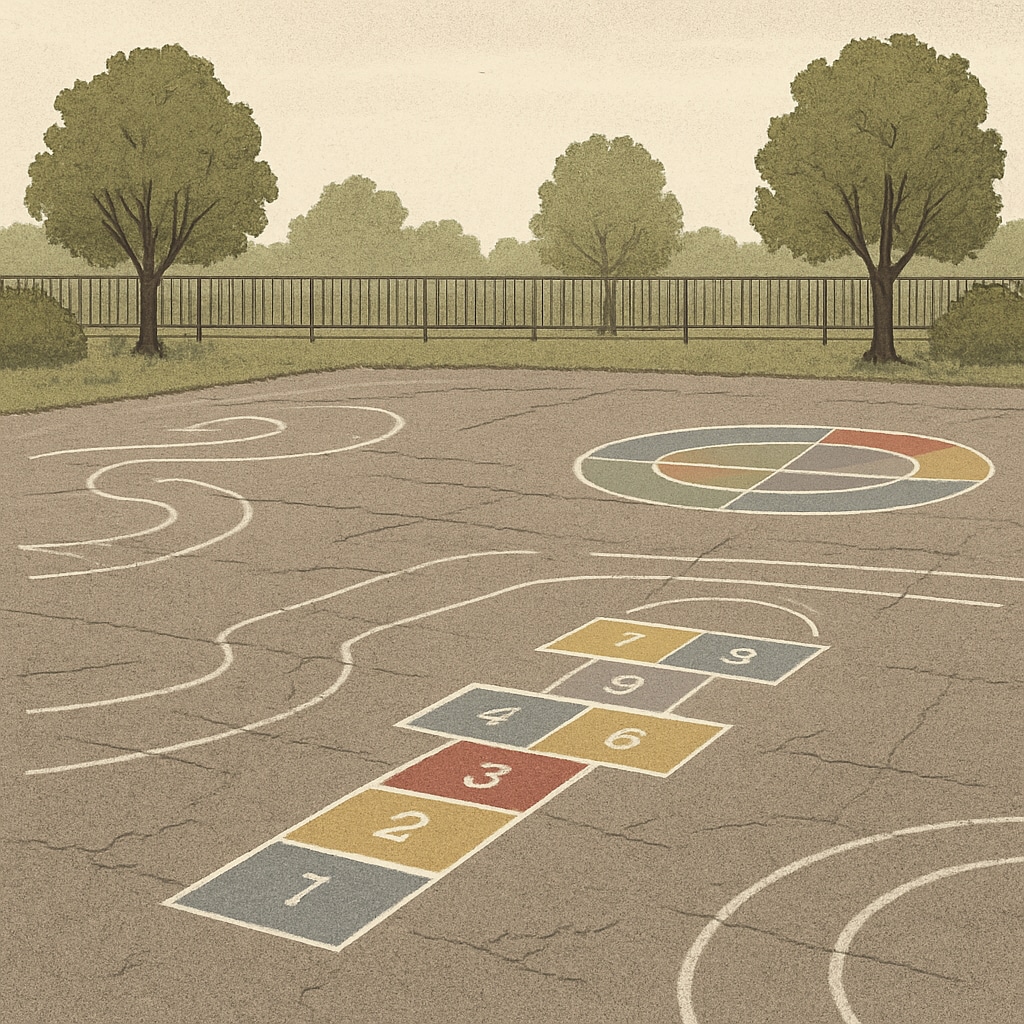Temporary campus changes caused by school reconstruction can profoundly affect children’s elementary school experiences. These transitions often bring challenges such as reduced space, missing facilities, and limited parental involvement. While such changes are typically temporary, their impact on students’ learning environment, social development, and emotional well-being can be significant. Schools and families must work together to ensure that children navigate this period with resilience and adaptability.
Understanding the Effects of Space Limitations
One of the most common challenges during school reconstruction is the reduction of available space. Temporary campuses may lack the spacious classrooms, playgrounds, and common areas that students are accustomed to. This can lead to overcrowding, reduced physical activity, and diminished opportunities for collaborative learning. For young children, who thrive in structured and stimulating environments, these spatial constraints can hinder both academic performance and social interactions.

To mitigate these effects, schools can prioritize creative solutions such as modular classrooms or outdoor learning areas. In addition, teachers can adapt their lesson plans to make the most of the available space, emphasizing activities that require minimal movement while still fostering engagement.
Missing Facilities: Challenges to Holistic Development
Temporary campuses often lack essential facilities such as libraries, science labs, and sports areas. These missing resources can limit experiential learning opportunities, which are crucial for holistic development. For example, the absence of sports fields may reduce physical activity, while missing libraries can hinder access to diverse reading materials.
Parents and schools can collaborate to address these gaps. Some strategies include organizing field trips to local libraries or sports facilities, integrating digital resources into the curriculum, and encouraging at-home activities that complement classroom learning. These efforts help ensure that students continue to experience a balanced education during the transition.

Reduced Parental Involvement: A Missed Opportunity
Parental involvement is a cornerstone of a positive elementary school experience. However, temporary campuses often limit opportunities for parents to engage due to logistical challenges, such as inconvenient locations or restricted visitor access. As a result, parents may feel disconnected from their children’s education, while students lose the emotional support that active parental participation provides.
To overcome these barriers, schools can implement virtual parent-teacher meetings, create online portals for real-time updates, and organize community events in accessible locations. Parents, on the other hand, can stay involved by maintaining open communication with teachers and supporting learning activities at home.
Practical Solutions for Schools and Families
While temporary campus changes are inevitable during school reconstruction, proactive measures can minimize their negative impact. Here are some practical suggestions for schools and families:
- Schools: Employ innovative solutions like portable classrooms, digital resources, and outdoor learning spaces. Maintain clear communication with parents about challenges and progress.
- Families: Stay engaged by participating in school-organized virtual events, helping children adapt to changes, and fostering at-home learning activities.
- Community: Collaborate with local organizations to provide temporary access to facilities such as libraries, sports fields, and event spaces.
By working together, schools, families, and communities can ensure that children continue to thrive, even in temporary environments.
Conclusion: Turning Challenges Into Opportunities
Temporary campus changes during school reconstruction may pose challenges, but they also offer opportunities to foster adaptability and resilience in young learners. By addressing issues related to space, facilities, and parental involvement, schools and families can create supportive environments that nurture both academic success and emotional growth. With the right strategies, this transitional period can become a valuable experience that prepares children for future challenges.


